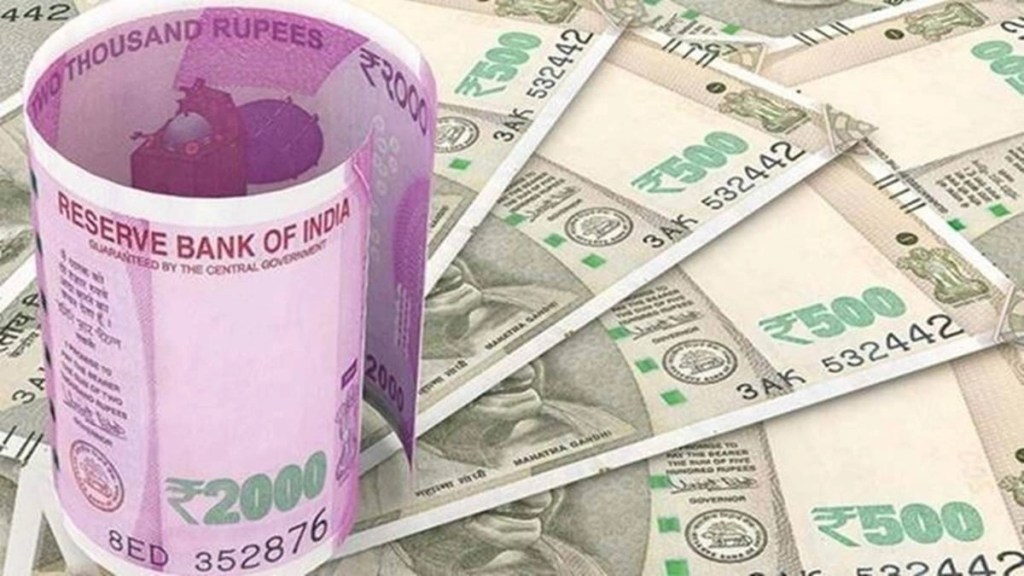Going by the first-half numbers, the Centre’s key fiscal targets for the current financial year are unlikely to go amiss. What has helped is the stronger-than-budgeted tax and non-tax revenues, and a revenue expenditure budget that was modest ab initio. The fiscal position could come under grave threat, only in the worst-case scenario—a bad combination of a flare-up in crude prices, a much tighter global situation, and a sharp slowing of domestic consumption and services activity. Such a dangerous mix is an odd chance, though the growth would slow in H2 for statistical and structural reasons. Despite the Middle East turmoil, latest forecasts don’t suggest a big oil price spike in the short term. A shortfall in disinvestment receipts is likely to be offset by higher other inflows. Extra demands under certain expenditure heads like MGNREGS and LPG subsidy could be met through savings on other fronts, and adept cash management. Even if the nominal GDP rate turns out to be slightly lower than the projected 10.7%, the fiscal deficit could still be contained at the budgeted level of 5.9% or thereabouts.
However, this must not delude oneself to think that the medium-term trajectory, too, is easy to traverse. The mismatch between the economy’s capacity to churn out revenues for the government and the latter’s ability for pump-priming is widening. The dire prospect of a vicious cycle can’t just be wished away. Of course, the Centre has quite creditably improved the quality of spending after the pandemic even while being on a sharp and prompt consolidation drive. From just 0.13 in FY21, the ratio of Centre’s capex to revenue expenditure rose to 0.3 in H1FY24.
A substantial part of this capex surge, however, is attributable to the rising share of the Union Budget in overall public capex (Centre, states and CPSEs). Capex by state governments was 158% of the Centre’s in FY19, but slipped to 77% in FY23. While the Centre’s budget capex rose 25% on year in FY23, and is estimated to grow another 35% in the current fiscal, the aggregate public capex grew just 10% in FY23. Clearly, public funds available for boosting capital formation in the economy are diminished for now. The Centre too would require to slow the pace of capex growth in the coming years to follow the fiscal road map.
For sure, efficiency in resource mobilisation by the government has risen in recent years, which primarily explains the sharp reduction in the Centre’s fiscal deficit from a bloated 9.2% in FY21 (which helped slash public debt by close to 7 percentage points to 81% in the two years to FY23). States too toed the same fiscal line, although with less alacrity, but the latest flurry of freebies threatens to be a spoiler. For the Centre, to lower the fiscal deficit further to the targetted 4.5% by FY26 to the FRBM level of 3%, would be a daunting task. Rather than the deficit number, the target must be a debt level of 60%. This goal entails non-government investors to shed their reluctance and take the plunge. The stakes are high for India to get an even larger share of global foreign direct investment flows and rapidly adjust to the incessantly changing global supply chains. Another spate of reforms is urgently required to bolster the economy’s growth capacity and take it to 7-8% from under 6% now, while keeping the informal and jobs-intensive areas in focus.


